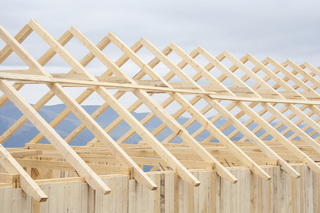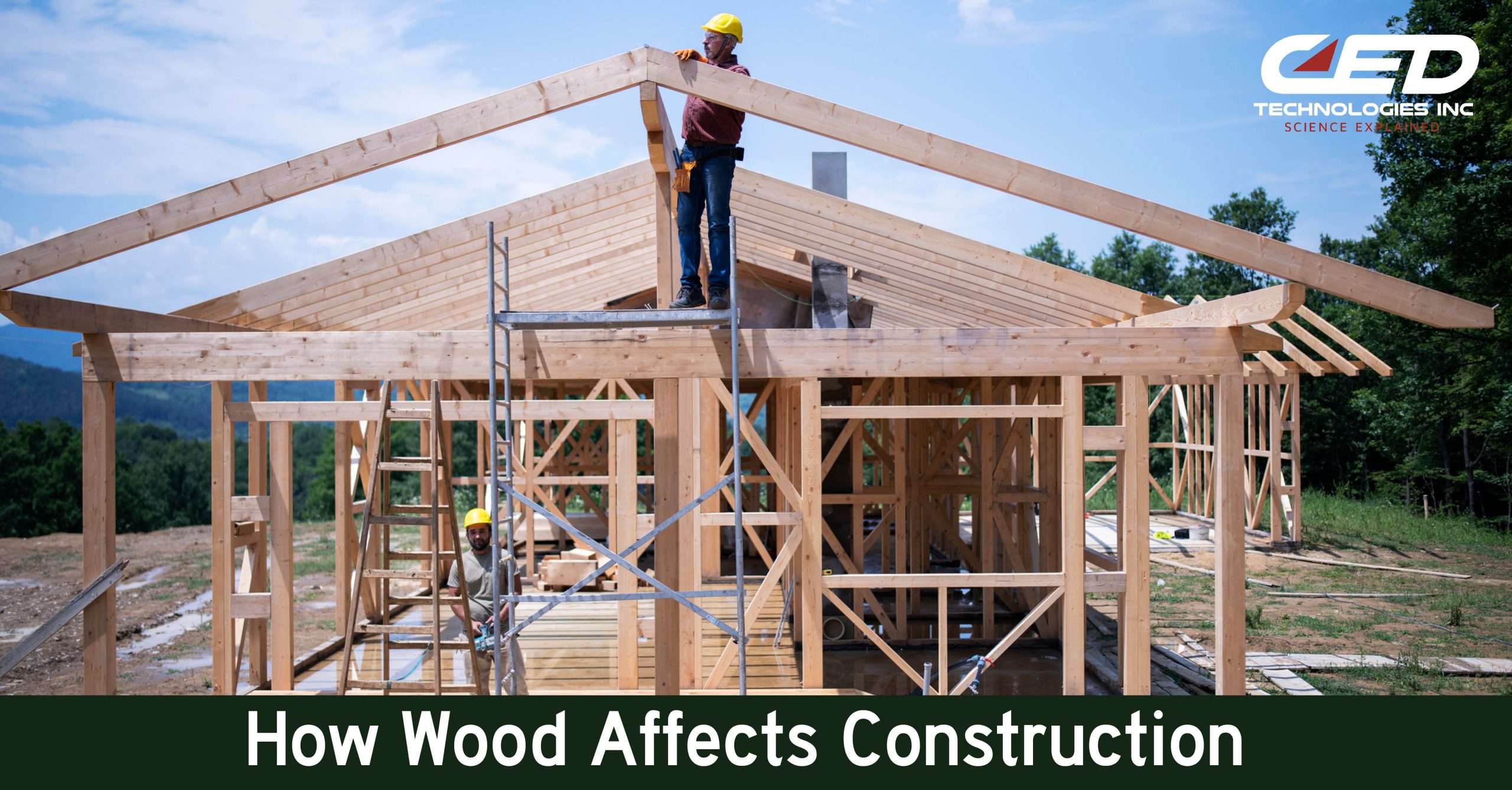Today, as throughout modern history, wood is the most commonly used building material in the world. A large majority of residences, as well as commercial, industrial and institutional buildings utilize wood for all or part of their framing systems. Although the use of lumber is widespread, most academic institutions do not consider its design as significant a source of study as materials such as concrete or steel. Wood’s paradigm as an insignificant, non-sophisticated, non-engineered material has led to construction of sub-standard and/or non-compliant structures. Since simple hand tools are all that are needed to construct a structure from wood, often times they are built lacking proper designs, permits and/or trained workers.
It is important for architects and engineers to understand lumber grades and species, adjustment factors, material properties, treatments, adhesives, plus connectors/anchors best suited for the type of wood being used. These design professionals need to be aware of the types of engineered wood products available, such as I-joists, trusses, and processed and composite materials. Contractors need to properly understand the special needs of lumber as opposed to other structural materials. They must follow specifications for specific lumber, bracing and connector requirements within contract documents.
Many factors affect wood strength within a building’s framing system. Wood strength is time dependent. Lumber can carry a higher load for a shorter period of time than for a longer period of time. Wood creeps, a property that causes wood that has been loaded for decades to permanently set into a deflected shape even when it is not loaded. Material, geometric and environmental factors matter; such as fire or exposure treatments, internal and environmental moisture conditions, knot sizes, slope of grain, proportions and orientation of the timber elements, and exposure to heat.
Because these factors are not always properly evaluated the following things happen:
1. Structural failures
2. Material property failures
3. Injuries related to these failures
For instance, if a deck is improperly treated with the wrong coating, its surface can become extremely slippery causing individuals to fall. Inside the wood, moisture may be confined, leading to decay of wood and deterioration of fasteners. If the wood in a porch hand rail rots internally, and the improper connector is selected, it can break away from supporting elements causing someone to fall, even though to the casual observer the railing appears completely sound. Connections of wood into masonry, such as a ledger connection holding up a porch, can fail with much less movement than with wood attached to wood or other materials. Failure can occur without warning and with catastrophic results. Also, because wood is truly an engineered material, proprietary systems exist that do not behave intuitively. Metal plate connected roof trusses often require braces to prevent buckling of elements. If they are left off, failure is inevitable, but may not happen for many years.
Inexperienced engineers, architects or builders, led to believe that they are dealing with a less significant structure than one made with concrete, masonry or steel, may neglect specifications of the right product in wood buildings. These professionals will contribute to the collapse of a roof, porch, floor system or entire building, either during construction or after decades of use, causing injury or death to those who live, work, worship or play in wood buildings under their care.
When incidents/accidents occur in wood buildings or structures, CED goes to the scene to complete an inspection, evaluate the findings, review codes and provide a verbal and/or written report. Use our experts’ knowledge of wood to assist with your cases. You can reach us at 800-780-4221.






